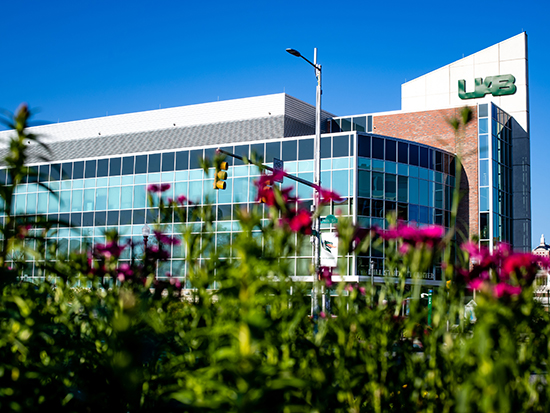
More than 1,700 faculty comprise Heersink School of Medicine’s mission areas of research, education, and clinical care. Our faculty members are shaping the future of health care and biomedical science in Alabama and beyond.
Faculty’s expertise, guidance, and commitment to excellence create a nurturing environment for patients, aspiring physicians and scientists, staff, and postdocs.
Getting involved in service is pivotal for faculty members, as it not only enhances connections to the Heersink community but also allows contributions to the broader goals of health care and science.
A few current ways to serve
To that end, Heersink School of Medicine is proud to offer a few ways faculty can get more involved with initiatives, operations, and efforts in the school.
Currently, leadership is seeking faculty to raise their hand for service opportunities that may be of interest to them.
“I am excited that we continue to offer innovative ways for our faculty to engage in service throughout their tenure at UAB Heersink School of Medicine,” says Anupam Agarwal, M.D., dean of the Heersink School of Medicine.
“Through service, faculty members can engage in activities that extend beyond their routine environments, fostering a sense of social responsibility and contributing to our mission and vision.”
Below are four opportunities currently open to become involved in, and a survey offers an additional option to fill in “other” ways that faculty can engage in service.
1. Join search committees
Each recruited faculty member must be hired with the approval of a search committee. These committees feature peer faculty from the same and different departments.
The input of experienced faculty members ensures that selection processes are rigorous and align with the institution's clinical, academic, and research goals.
Moreover, faculty participation in search committees helps advance diversity and inclusion. Faculty members can advocate for a diverse pool of candidates, considering different perspectives, backgrounds, and experiences, which is essential for addressing health disparities and creating a more inclusive environment.
2. Be part of internal grant reviews
Faculty members bring specialized knowledge to the grant review process. Their understanding of the subject matter allows for a thorough and critical evaluation of grant proposals, ensuring that funded projects have the potential to contribute meaningfully to their respective fields.
The peer review process helps maintain the quality and integrity of research funding, ensuring that resources are allocated to projects with the greatest potential for success and impact.
3. Judge award nominations
Awards such as the Dean’s Excellence Awards are distributed annually. Faculty members bring a wealth of expertise, experience, and a keen understanding of the criteria and benchmarks relevant to their field. This lends credibility to the awards, as faculty members’ judgment is grounded in knowledge of the subject matter.
Additionally, faculty participation in awards processes fosters a sense of community and peer acknowledgment, promoting a culture of continuous improvement.
4. Engage with the faculty mentoring program
Mentoring is a critical tool in faculty development and in facilitating faculty success and retention. The Office of Faculty Affairs and Development has recently launched a new Faculty Mentoring Program. The program aims to enhance and further develop current mentoring practices within the Heersink School of Medicine and help ensure that all Heersink faculty, specifically junior faculty, have access to quality mentoring.
Get involved
Sign up for options listed above and write in your own. Survey results will be managed by Heersink School of Medicine Dean’s Office staff and faculty will be called on as needed.